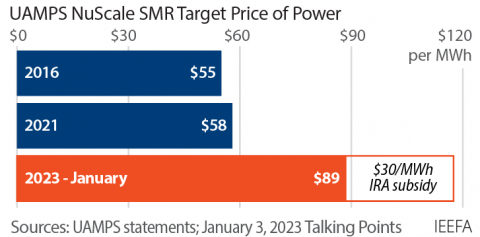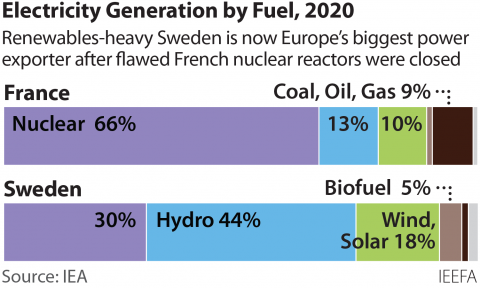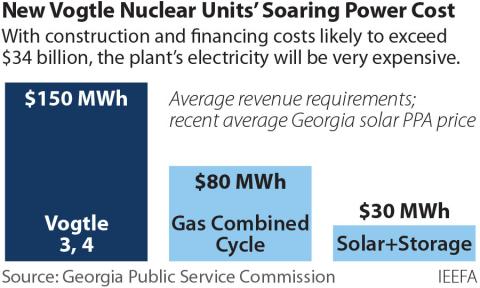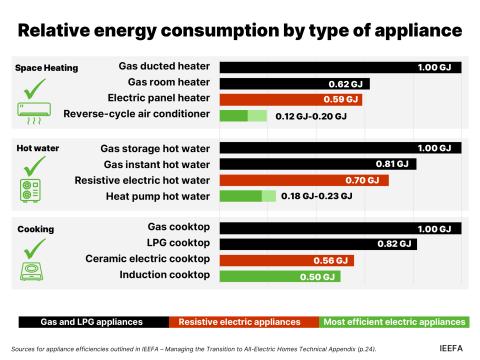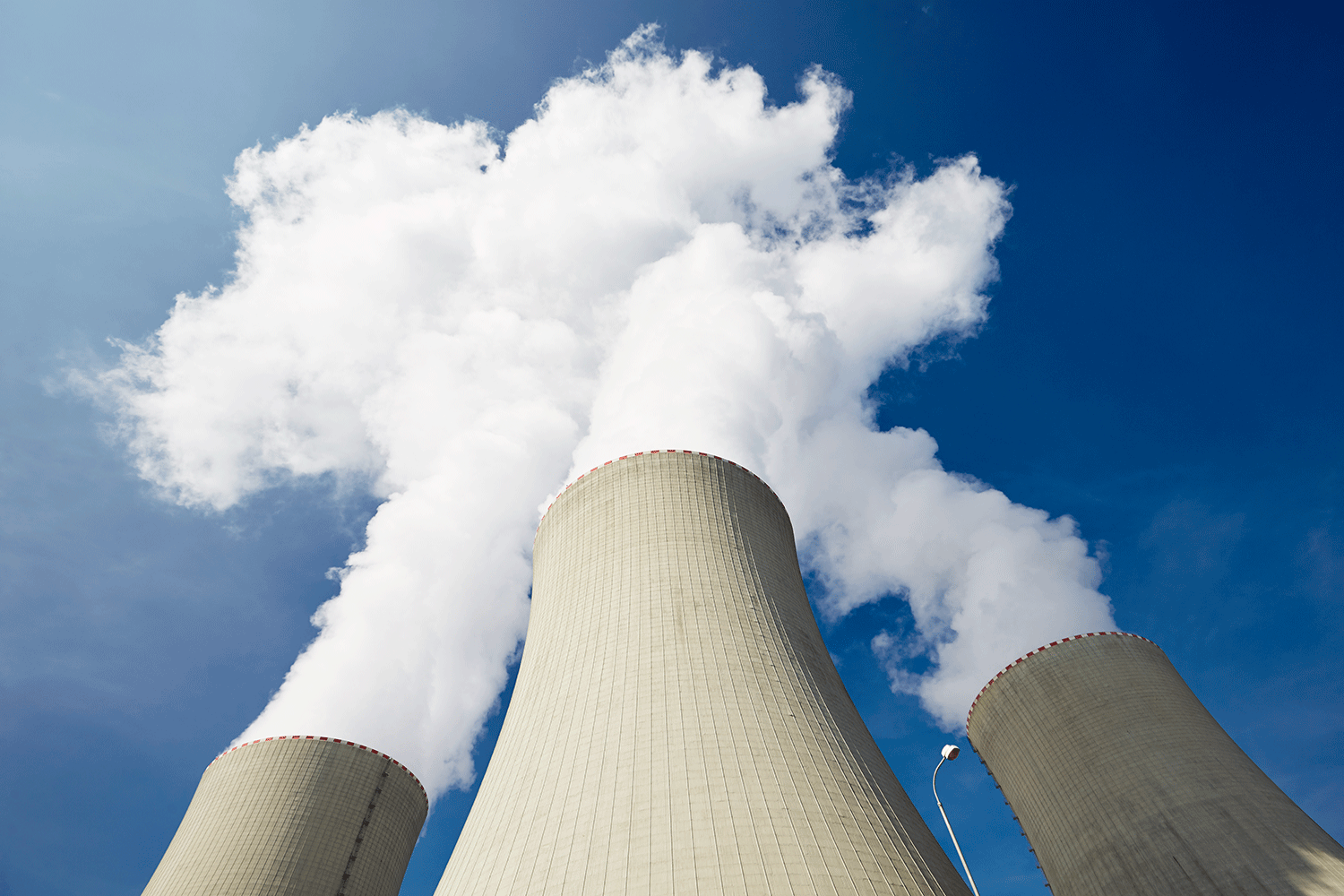
Key Takeaways:
The five European Pressurized Reactors (EPRs) designed by French utility EDF have all suffered unanticipated issues that have led to costly delays and soaring price tags
The issues with the EPRs underscore the findings of a 2020 Massachusetts Institute of Technology analysis that found successive iterations of a new nuclear design generally cost more than the original project
Although a pair of Chinese EPRs have been completed and are generating power, one unit was shut down for more than a year because of faulty fuel rods. Costs and delays have also plagued EPRs in France, the United Kingdom, and Finland, where the completion of the Olkiluoto 3 reactor has been delayed 17 years
Touted as a safer alternative to earlier nuclear plant designs, European Pressurized Reactors (EPRs) have so far done little to disprove conventional wisdom: Nuclear plants always cost more than estimated and take longer to build than promised.
An Institute for Energy Economics and Financial Analysis (IEEFA) analysis of the five projects that have been built or are under construction found the only common elements of the next-generation design are unanticipated issues that have led to costly delays and soaring price tags.
“There may eventually be a role for nuclear power in the energy transition,” said Frank Bass, an IEEFA editor and author of the study. “Unfortunately, the time and money that it will take to learn how to build safe, cost-effective nuclear projects are time and money that we don’t have.”
The IEEFA report reviewed the Flamanville nuclear station in France; the Olkiluoto 3 reactor in Finland; the Hinkley Point C project in the United Kingdom; and the two Taishan reactors in China. Nuclear advocates have long argued there is a learning curve associated with building new reactor designs, and costs should decrease as engineers gain experience.
A 2020 Massachusetts Institute of Technology study, however, has found that successive iterations of the same nuclear design in the U.S. generally result in even greater costs. The IEEFA analysis found that the EPR designs appear to be following the same pattern.
Currently, only two EPRs are fully operational. Construction on the Taishan 1 and 2 reactors in southern China began in 2009. The projects, with an estimated cost of USD $7.5 billion and completion date of 2013, were completed in 2018 and 2019. One of the units, however, was shut down for a full year in 2020 because of faulty fuel rods, a key component in a reactor.
Three EPRs in Europe have reported significant problems, as well:
- The Flamanville reactor in Normandy, France, was originally estimated to cost €3.3 billion and be completed in 2012. Construction began in 2007. Since then, issues surrounding welds for the reactor vessel have helped drive the cost to €13.2 billion, and fuel loading is not expected to occur until 2024.
- Construction began on the Olkiluoto 3 reactor in southern Finland in 2005. Originally projected to cost €3 billion and be completed in 2009, its price tag has soared to €11 billion. After several delays, it was scheduled to go online last year, but issues with feedwater pumps have delayed its commissioning to later in 2023.
- The Hinkley Point C project in the southwestern United Kingdom broke ground in 2017 at an estimated cost of £18 billion. Issues with siting, however, have caused costs to soar to £25 billion, and the project isn’t expected to be finished before 2027.
Despite the issues with the EPRs, the French government—which recently announced plans to fully nationalize Électricité de France S.A. (EDF)—has been pushing for more to be built. EDF has an agreement in principle to build a half-dozen EPRs in India and has been aggressively marketing the design in Slovakia and Poland.
“It’s true that we should have diversified sources of electricity,” Bass said. “But those sources should be proven and cost-effective. Wind and solar energy are both. Investors and ratepayers will be better served by less-costly sources of renewable energy.”
Read the report: European Pressurized Reactors (EPRs)
Frank Bass ([email protected]) is IEEFA editor for the United States, Canada and Europe

